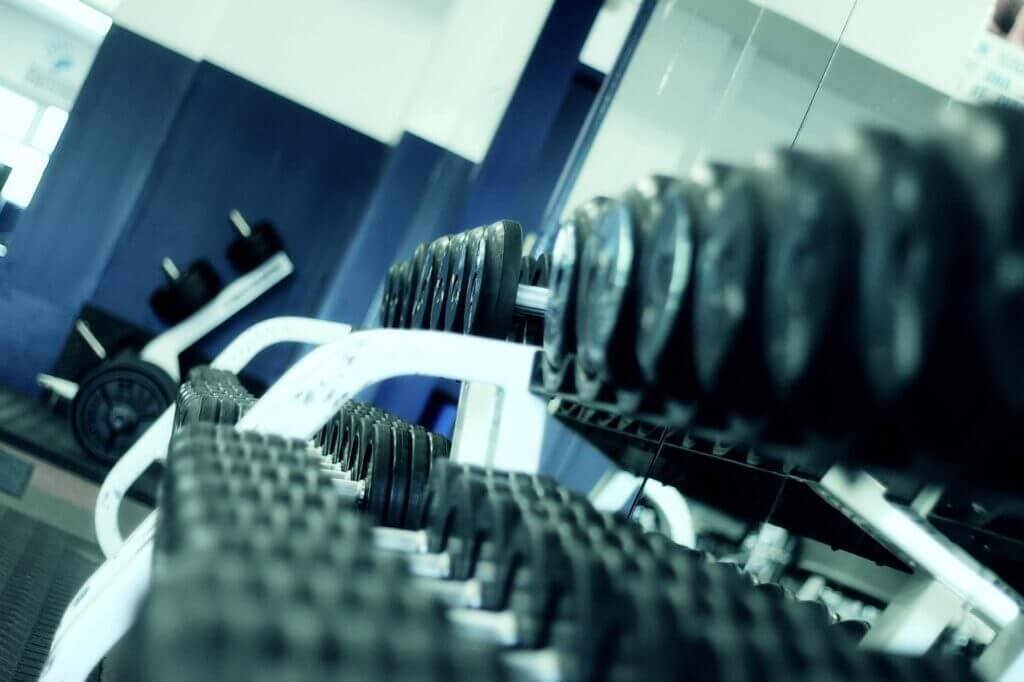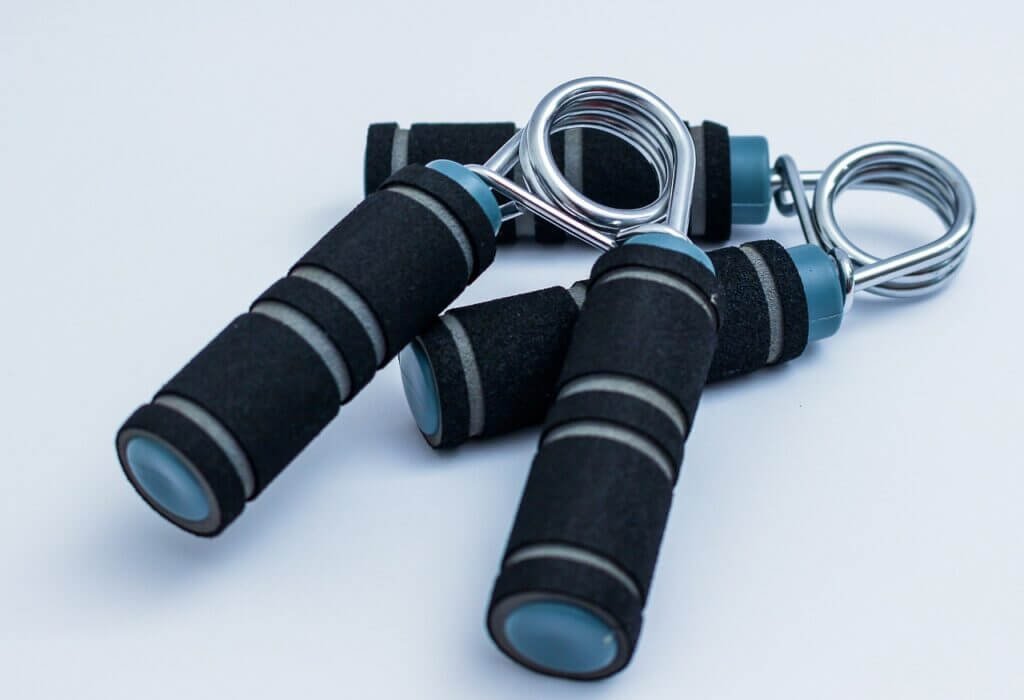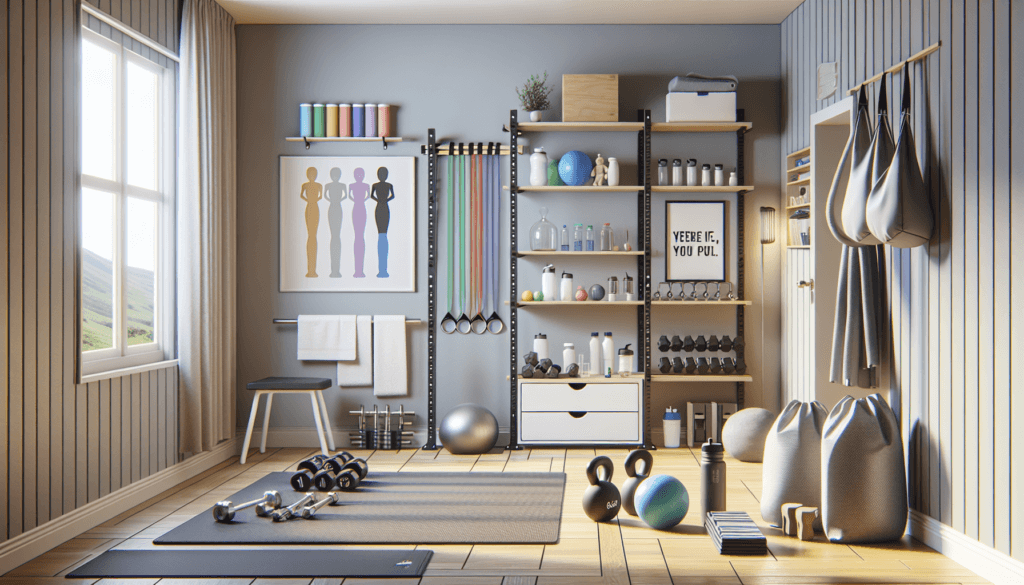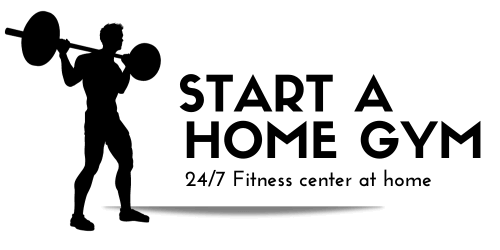Are you looking to build your own home gym but worried about breaking the bank? Well, fret no more! In this article, we will share with you some valuable tips on how to create a budget-friendly home gym without compromising on quality or functionality. Whether you’re a fitness enthusiast or just starting your fitness journey, these tips will help you set up a space that is convenient, affordable, and tailored to your specific needs. So, get ready to transform your home into a personal fitness haven without emptying your wallet!

Choosing a Suitable Space
When creating a budget-friendly home gym, the first step is to designate a dedicated space for your workouts. This could be a spare bedroom, a corner in your basement, or even a section in your living room. It’s important to have a space that you can call your own and where you can focus on your fitness goals without any distractions.
Consider the available square footage in the chosen space. You’ll want to have enough room to comfortably move around and perform various exercises. Take measurements of the space and determine how much equipment you can fit without it feeling too cramped. The size of the space will also dictate the types of workouts you can do, as some exercises require more room than others.
Assess the layout and structural requirements of the space. Make sure it has sufficient power outlets for any electrical equipment you plan to use, such as treadmills or stationary bikes. Additionally, check for any structural limitations, such as low ceilings or uneven flooring, that may affect your workout routine. Taking these factors into consideration will help you make the most efficient use of the space you have available.
Essential Equipment
Before diving into purchasing any equipment, it’s important to decide on your workout goals and assess your equipment needs. Are you looking to build strength, improve cardiovascular fitness, or focus on flexibility? Understanding your goals will help you narrow down the types of equipment you should invest in.
Do some research and prioritize the must-have equipment based on your goals. For example, if strength training is your main focus, you may want to invest in a set of dumbbells or resistance bands. If cardio is your priority, a jump rope or a stationary bike may be top on your list. By prioritizing your equipment needs, you can make sure you’re investing in the essentials without breaking the bank.
Opt for versatile and multi-functional equipment whenever possible. This will allow you to perform a variety of exercises with just one piece of equipment, saving you both money and space. Examples of versatile equipment include adjustable dumbbells, stability balls, and suspension trainers. These items can provide a wide range of workout options, allowing you to mix up your routine without needing to purchase additional equipment.

DIY Solutions
If you’re looking to save even more money, consider repurposing existing furniture and household items for your home gym. For example, a sturdy coffee table could double as a step platform for cardio workouts, or a dining chair could be used for tricep dips. Get creative and think outside the box when it comes to using what you already have.
Creating homemade workout tools is another cost-effective option. You can make your own medicine balls by filling old basketballs with sand or rice. PVC pipes can be used to construct your own barbells for weightlifting. The internet is a great resource for finding DIY workout equipment ideas and instructions. Give it a try and you might discover some fun and unique ways to stay fit without spending a fortune.
Incorporating resistance bands and bodyweight exercises into your routine is an excellent way to build strength and challenge your muscles without the need for expensive equipment. Resistance bands are affordable, portable, and can be used for a variety of exercises targeting different muscle groups. Bodyweight exercises such as push-ups, squats, and lunges require no equipment and can be done anywhere in your home gym space.
Non-Equipment Options
If you’re not ready or able to invest in equipment, don’t worry! There are plenty of non-equipment options that can still provide an effective workout. Utilize online workout videos and apps that offer a wide variety of guided workouts for all fitness levels. You can follow along with professional trainers from the comfort of your own home, using just your bodyweight to get a full workout.
Incorporating bodyweight exercises and calisthenics is another great non-equipment option. Push-ups, burpees, planks, and mountain climbers are just a few examples of bodyweight exercises that can challenge and strengthen your muscles. Calisthenics routines combine bodyweight movements in a circuit-style workout to increase your cardiovascular endurance while targeting various muscle groups.
Adding flexibility and yoga routines to your home gym can help improve your overall fitness and well-being. Yoga mats are inexpensive and provide a comfortable surface for stretching and practicing yoga poses. Many free or affordable yoga classes can be found online or through apps, allowing you to follow along with experienced instructors and work on your flexibility and mental focus.

Budget-Friendly Flooring
Choosing the right flooring for your home gym is important for both your comfort and safety. Luckily, there are budget-friendly options available that can still provide the necessary protection for your floors and equipment.
One option is to choose affordable and durable flooring materials such as interlocking foam tiles or rubber mats. These materials are often available in various thicknesses, providing cushioning and shock absorption to protect your joints and equipment. They are also easy to install and clean, making them a practical and cost-effective choice for a home gym.
Consider exploring DIY installation and maintenance options. With some adhesive, a utility knife, and a little bit of patience, you can install flooring materials yourself and save on installation costs. Additionally, regularly cleaning and maintaining your flooring will help prolong its lifespan and prevent any damage caused by dust or sweat.
Creating an Inspirational Atmosphere
Setting up a motivating and inspiring atmosphere in your home gym can help keep you motivated and excited about your workouts. Use motivational posters and artwork to decorate the walls and remind yourself of your fitness goals. Choose images and quotes that resonate with you and reflect the kind of workout environment you want to create.
The right lighting and color scheme can also make a big difference in creating an atmosphere conducive to fitness. Opt for bright, natural lighting if possible, as it can help improve your mood and energy levels during workouts. If natural lighting is limited, consider adding additional lighting fixtures that provide bright, white light. When it comes to color, choose shades that promote a sense of energy and focus, such as vibrant blues or invigorating yellows.
Enhancing the space with plants and natural elements can bring a sense of tranquility and freshness to your home gym. Indoor plants not only add a touch of nature but also help improve air quality and create a calming ambiance. Consider incorporating small potted plants or hanging planters to add some greenery to your space.

Smart Storage Solutions
Keeping your home gym organized and clutter-free is essential for maximizing your workout space. Utilize wall-mounted storage options to keep equipment off the floor and easily accessible. Vertical storage racks and shelves are excellent for holding dumbbells, resistance bands, and other smaller items.
Optimizing your space with storage solutions designed specifically for fitness equipment and accessories can help save space and keep everything in order. Look for storage racks or shelves that can hold larger items such as stability balls or foam rollers. Additionally, consider investing in storage bins or baskets to keep smaller accessories like workout gloves, resistance bands, and towels neatly organized.
Budget-Friendly Accessories
When it comes to exercise accessories, there are plenty of budget-friendly options available. Shop for discounted exercise accessories online or in stores, especially during sales or clearance events. You can often find discounts on items such as yoga mats, foam rollers, resistance bands, and exercise balls.
Consider exploring second-hand equipment and gear. Check online marketplaces or local classified ads for used exercise equipment. Many people sell gently used or even unused equipment at a fraction of the original cost. Just make sure to inspect the items carefully before purchasing to ensure they are still in good condition and safe to use.
If you’re not ready to commit to buying new equipment, explore local fitness equipment rental or leasing options. Some fitness equipment retailers offer rental programs, allowing you to try out equipment for a short period of time before deciding whether to purchase it. This can be a cost-effective way to test different equipment options without making a large upfront investment.
Safety Considerations
Creating a safe workout environment in your home gym is paramount. Ensure proper ventilation and airflow by opening windows or using fans to keep the air fresh and prevent overheating. Good air circulation can help prevent dizziness and improve your overall comfort during workouts.
Installing adequate lighting is essential for both safety and motivation. Make sure your home gym is well-lit, with bright lighting that allows you to see your surroundings clearly. In case of any emergencies, it’s also important to have easy access to emergency exits, especially if your home gym is located in a basement or a separate room.
To prevent any accidents or injuries, use a gym mat for stable and slip-resistant workout surface. A mat can provide cushioning for your joints and protect your flooring from any damage caused by heavy equipment. Look for mats that are thick enough to provide adequate support without compromising stability, and make sure they are securely in place during your workouts.
Maintenance and Longevity
Finally, to keep your home gym in optimal condition over time, it’s important to prioritize maintenance and invest in quality equipment. Regularly clean and maintain your equipment to prevent the buildup of dust and sweat, which can cause damage or corrosion. Refer to the manufacturer’s guidelines for proper cleaning instructions and maintenance routines.
Check for wear and tear on your equipment and perform necessary repairs or replacements when needed. Inspect the cables and straps on machines, tighten any loose screws or bolts, and replace any worn-out parts. By addressing any maintenance issues promptly, you can extend the lifespan of your equipment and ensure safe and efficient workouts.
When purchasing equipment, it’s worth investing in quality products that are built to last. While they may come with a higher price tag upfront, quality equipment is often more durable, reliable, and resistant to wear and tear. This can save you money in the long run by reducing the need for frequent repairs or replacements.
Building a budget-friendly home gym is an exciting and rewarding endeavor. By carefully considering the space, equipment, flooring, storage, and atmosphere, you can create a space that fits your fitness needs without breaking the bank. Remember to always prioritize safety, maintenance, and quality to ensure a successful and enjoyable home workout experience. Happy exercising!


